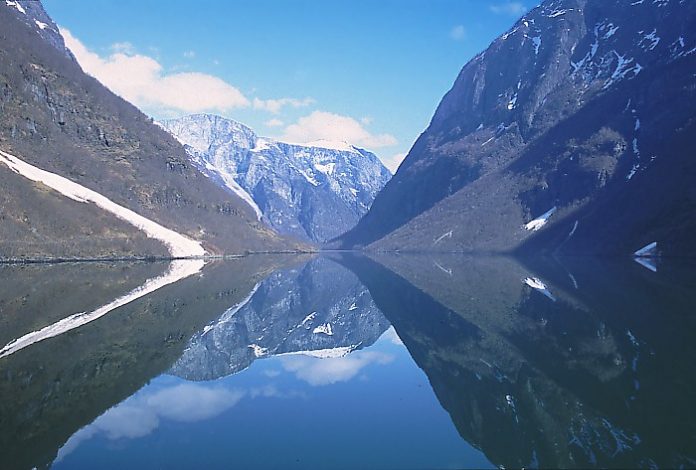Oxygen levels in Western Norway fjords down 15% over three decades, report warns
Oxygen levels in the deep waters of several fjords on Norway’s west coast have fallen by approximately 15 percent over the past 30 years, according to a new government-commissioned report.
The findings, published by the Norwegian Institute for Water Research (NIVA), identify Sognefjorden, Storfjorden (near Ålesund), and Byfjorden (near Bergen) as areas where bottom water oxygen has declined significantly. The primary causes are rising sea temperatures due to climate change and increased nutrient discharge from fish farming, agriculture, wastewater, and industry.
Sognefjorden, Norway’s longest and deepest fjord, was used as a model to estimate the drivers behind the oxygen loss. One-third of the decline is attributed to climate-related warming, while two-thirds stems from nutrient and particle loading.
“The loss of nearly 15 percent of oxygen in a fjord as large as Sognefjorden over just 30 years is a serious warning sign,” said Hilde Singsaas, director of the Norwegian Environment Agency.
Fjords on the west coast of Norway are particularly vulnerable to deoxygenation due to their physical structure. Many are shallow at the mouth but deep inside, limiting the inflow of fresh, oxygen-rich seawater from the ocean. This makes them more susceptible to cumulative stress from warming and nutrient input.
NIVA’s report notes that since 1990, nitrogen input to Sognefjorden has increased by 50 percent, and phosphorus by 240 percent. Aquaculture is cited as the largest contributor of both.
While there is currently no acute threat to marine life, Singsaas warned that continued deoxygenation could increasingly disrupt the fjord ecosystems. Environmental status in the bottom waters of Sognefjorden has already declined from “very good” to the threshold of the next-lower category.
“This is not yet critical, but if the trend continues, conditions for marine life will become increasingly difficult,” she said.


